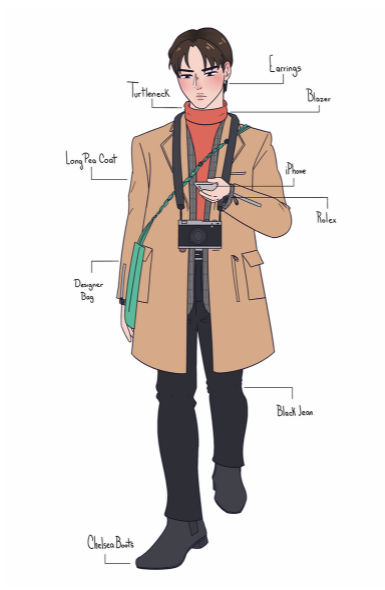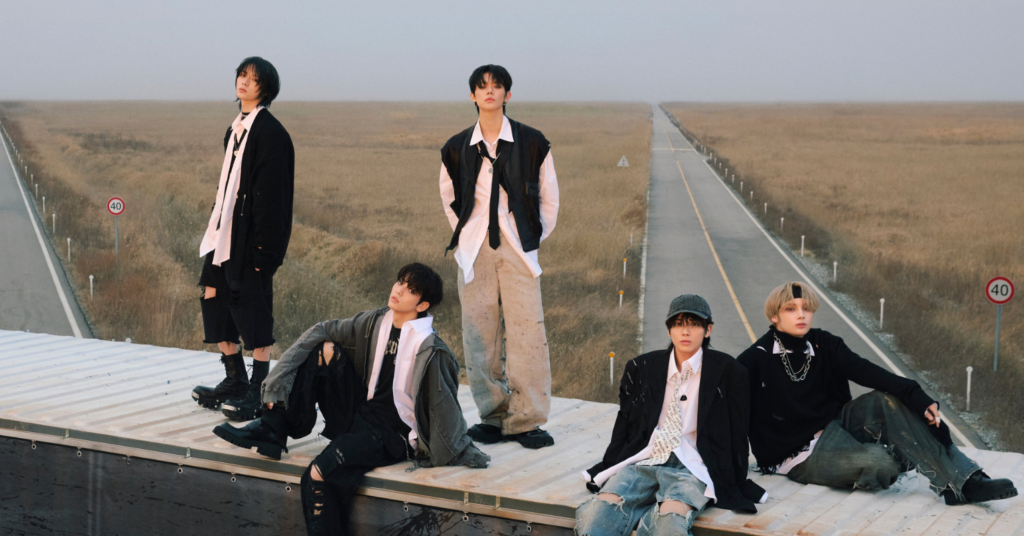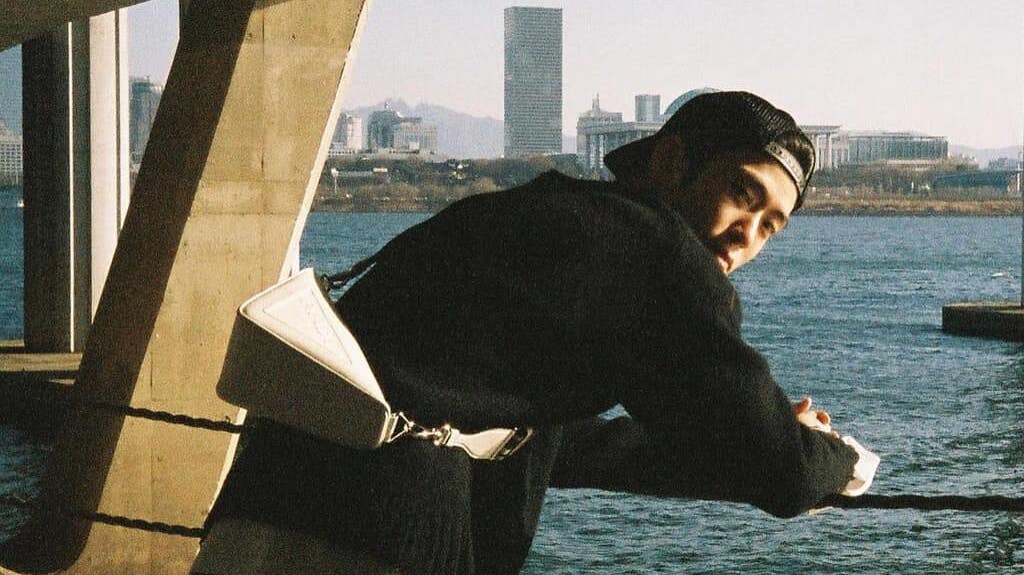How Iranian Director Noora Niasari Portrays Strength and Empowerment in Her Debut Film “Shayda”
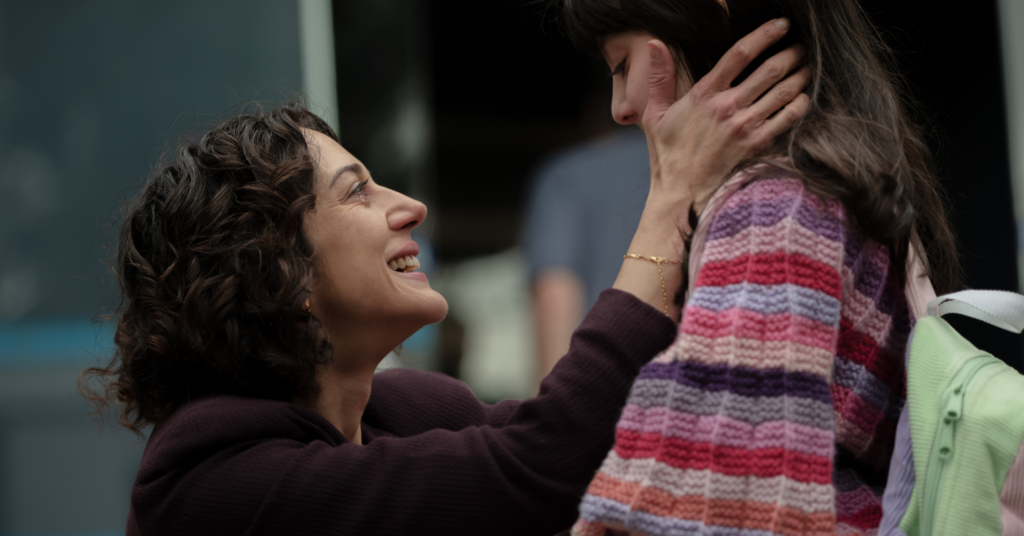
After securing the Sundance Audience Award and being selected as Australia’s submission for the Best International Feature Film category at the 2024 Oscars, Shayda garnered significant attention. Directed by Noora Niasari and produced by Cate Blanchett, Shayda explores the challenges faced by an Iranian mother fighting for safe shelter and custody of her daughter, Mona, amid a turbulent divorce. The screenplay, which is partly autobiographical, delicately balances themes of pain and resilience. In doing so, Shayda offers a portrayal that is both heartwarming and heart-wrenching.
The film features remarkable performances by Zar Amir Ebrahimi, who is known for her award-winning role in Holy Spider, the Danish entry for the 2022 Cannes Best Actress Award; Selina Zahednia, who delivers a remarkable child performance; and Osamah Sami, who gives a chilling and perfectly nuanced performance. Shayda keeps audiences captivated with its blend of suspense, emotion, and drama. In an interview with EnVi via Zoom, Noora Niasari shared how she balances portraying joy, strength, and resilience in her directorial debut.
Behind Shayda
Shayda draws inspiration from Niasari’s personal experience of living in a women’s shelter in Australia in the 1990s with her mother. Witnessing her mother’s strength and resilience in overcoming obstacles to provide a better life inspired a profound sense of admiration and motivation in the filmmaker. Niasari was also driven to authentically portray the world of a women’s shelter and the complexities of escaping domestic violence. “The goal was to capture these experiences with authenticity and truth.” Niasari told EnVi The director wanted to ensure that the film resonates with those who have faced similar challenges.
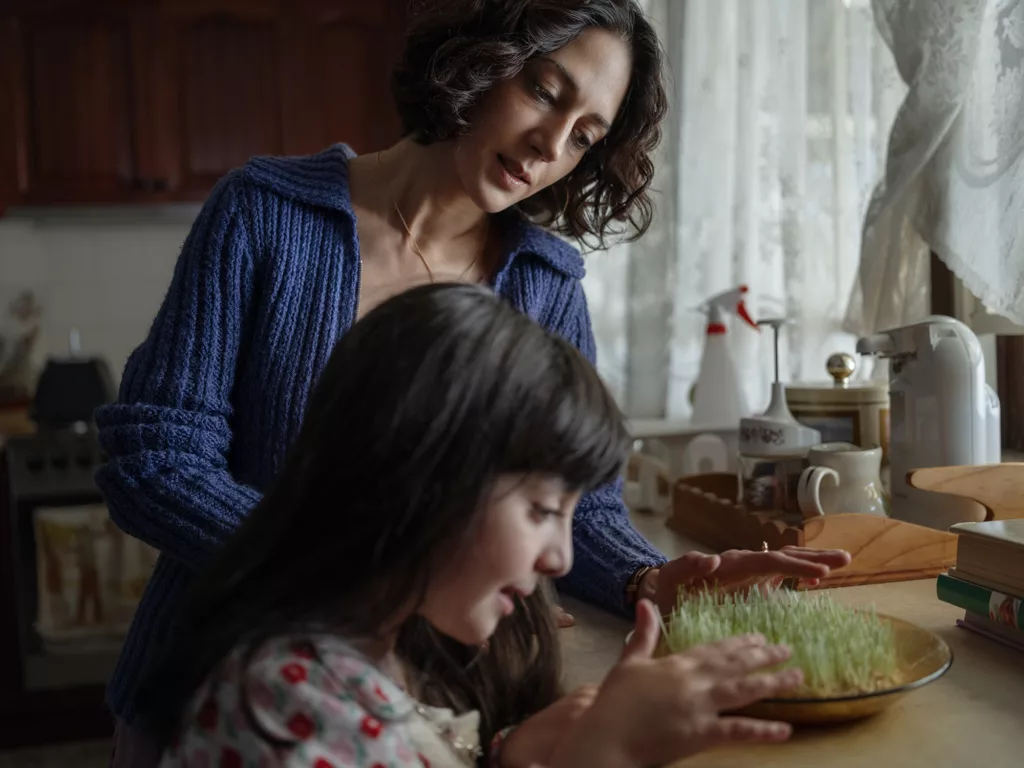
Cultural Celebration and Personal Renewal
When making Shayda, Niasari avoided portraying the protagonist as a victim by focusing on themes of hope, self-determination, and agency. By prioritizing Shayda’s journey toward empowerment, Niasari aimed to engage the audience as active participants in the unfolding narrative of domestic violence. “This decision to depict events in real time, starting with Shayda in the women’s shelter, allows viewers to intimately understand her circumstances, her resilience, and her eventual triumph,” she explained. Niasari’s commitment to female empowerment guided her entire creative process, ensuring a delicate balance between light and dark throughout the screenplay and the finished film.
The Persian New Year — Nowruz — serves as a poignant metaphor in Shayda, grounding the story in themes of renewal, cultural identity, and personal growth. Through the lens of this celebration, Shayda’s journey becomes a reflection of reclaiming one’s heritage and finding strength in cultural traditions. Niasari’s personal experience of celebrating the Nowruz in Australia, during autumn instead of spring, adds a layer of complexity to Shayda‘s narrative. “This juxtaposition shows shedding the old and embracing new beginnings, even in the absence of the traditional springtime imagery,” she emphasized. “Ultimately, Nowruz symbolizes Shayda’s inner resilience and ability to rise above the darkness.”

Challenges and Triumphs of Filmmaking
Niasari’s filmmaking journey started in 2015 when she traveled to Spain. Once there, she received guidance from renowned Iranian filmmaker Abbas Kiarostami. Niasari’s filmmaking portfolio includes documentaries and narrative shorts shot worldwide. Her work has a recurring emphasis on themes such as memory, impermanence, childhood, and the inner lives of the Iranian diaspora. Notably, her film Waterfall was nominated for Best Short Film at the 66th Melbourne International Film Festival (MIFF), along with Tâm and the feature documentary Casa Antúnez.
Niasari admitted that the transition from short films to a feature debut brought significant challenges and differences. The longer duration of shooting, involving a larger crew and cast, and the pressure due to budget constraints created a more demanding environment. “The filming project started in 2017, from the inception of writing and research to ongoing publicity in 2024,” Niasari recalled. “Highlighting the prolonged commitment required for a feature-length project.” Through this process, she learned the importance of self-care for a sustainable career in filmmaking, as well as the value of having the right team to tackle the challenges of ambitious projects.
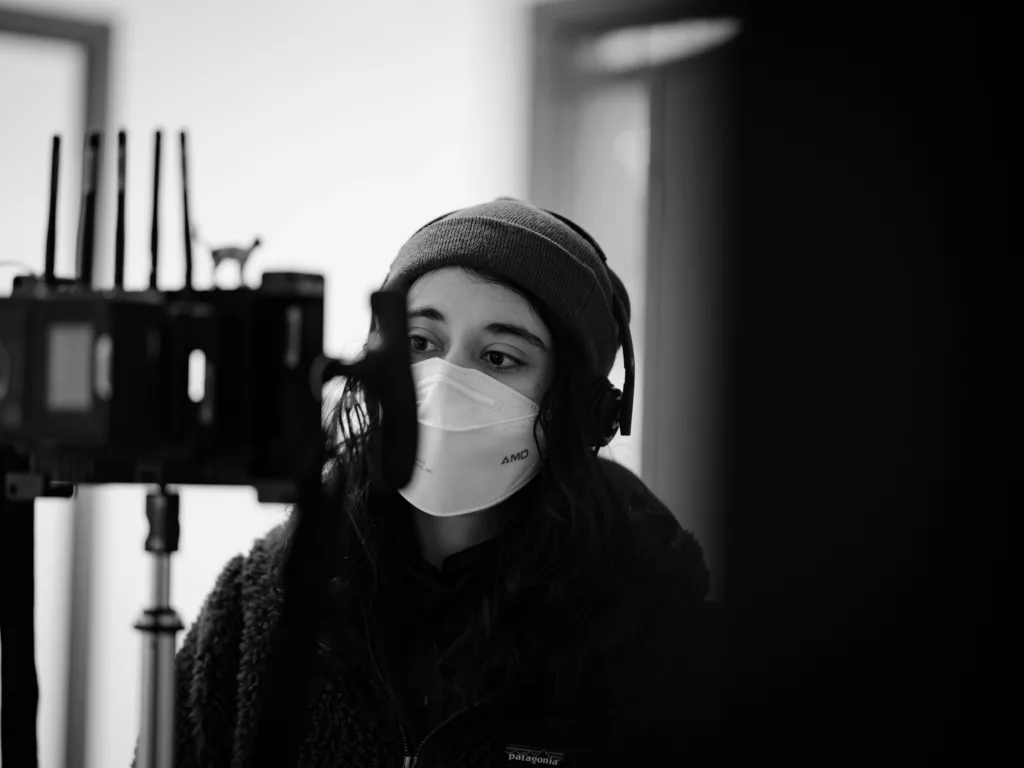
Despite the challenges, certain aspects of the filmmaking process stood out as particularly enjoyable for Niasari. She expressed a fondness for the dancing scenes between Shayda, her daughter Mona, and other women in the shelter, as well as the exhilarating experience of shooting the nightclub scene. These moments of joy and creative exploration added depth to the film and reflected Niasari’s commitment to portraying moments of lightness amidst the darker themes of the narrative.
“It was a really beautiful thing to see, unfold and to nurture and to capture,” expressed Niasari to EnVi. “Because that is really the heart of the film, the mother-daughter connection and the love they have for each other.”
When discussing the screenplay and working with actors, Niasari also emphasized the importance of Zar Amir Ebrahimi’s contribution to the role of Shayda. “Zar Amir Ebrahimi’s performance went beyond the words on the page, bringing a depth of emotion and personal experience that enriched Shayda’s character,” Niasari said. “The dynamic between Shayda and Mona, her daughter, was crucial to the film’s emotional core.”
This bond was established early on through rehearsals, ensuring that the actors had a genuine connection that translated on screen. The authentic relationship between the characters mirrored the real-life friendship that developed between the actors, highlighting the film’s focus on the profound mother-daughter connection.
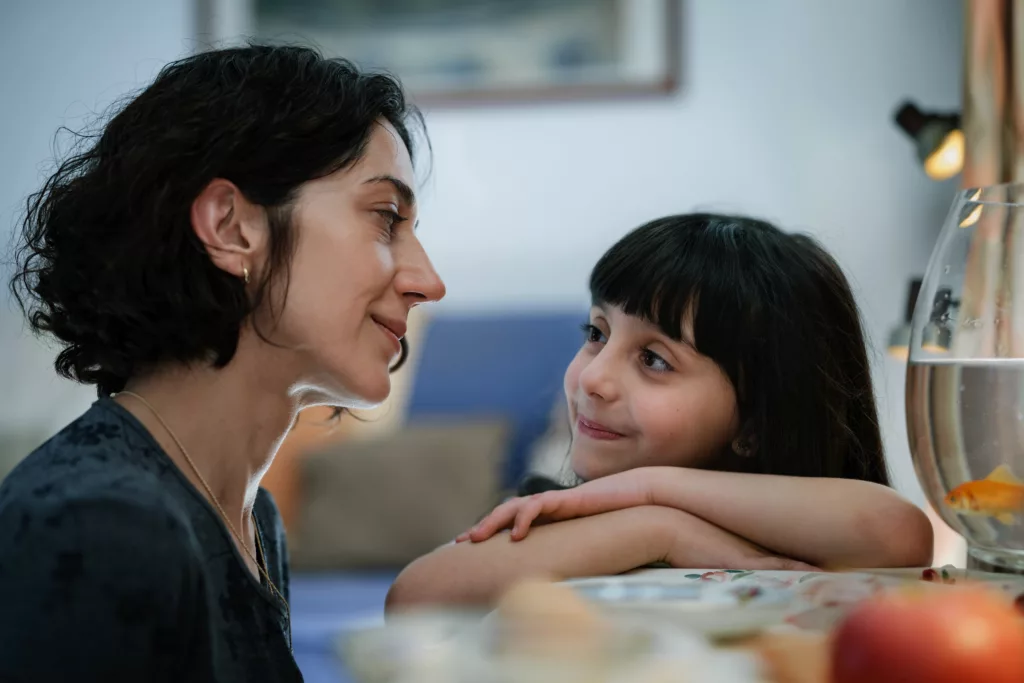
The Impact of Shayda and Future Endeavors
“I hope that Shayda will raise awareness about domestic abuse and immigrant experiences, not only for those directly affected but also for those unfamiliar with these issues,” stated Niasari as she reflected on the impact she hopes Shayda has on viewers. Additionally, the film aims to celebrate women and Iranian culture, offering a nuanced portrayal of these aspects of the story.
“Winning the [Audience] award really showed how universal the film is,” Niasari told EnVi, referring to how she felt when she won the Audience Award at Sundance. “And it’s the greatest gift to a filmmaker to have films that resonate with people.”
Winning the award at Sundance demonstrated the film’s universal appeal, validating its ability to resonate with diverse audiences. Building on this success, Niasari is now working on a trilogy about Iranian women and eagerly anticipates her next challenge, an adaptation of the Iranian-American novel RAYA by Mahsa Rahmani Noble.
Want More ACT!ON content? Check out our interview with Seagrass director Meredith Hama-Brown here!
